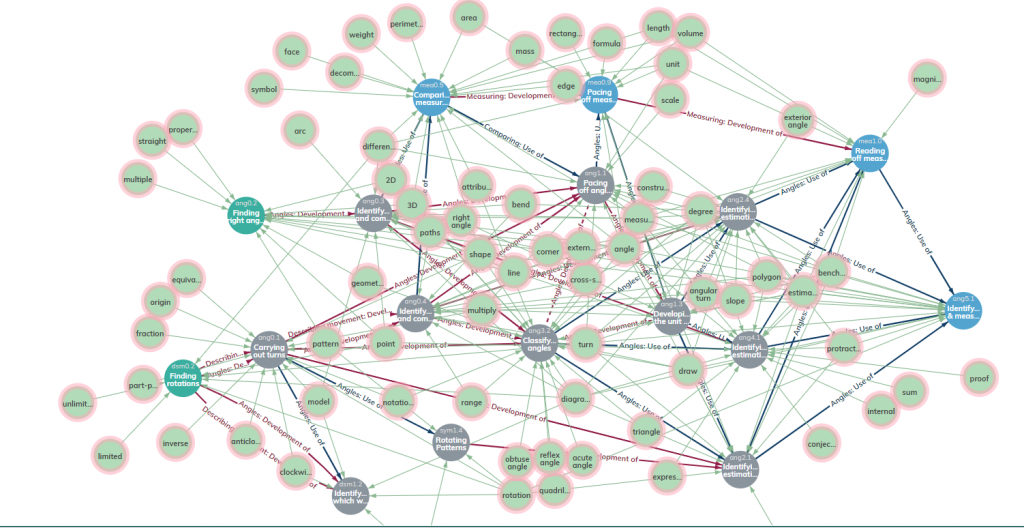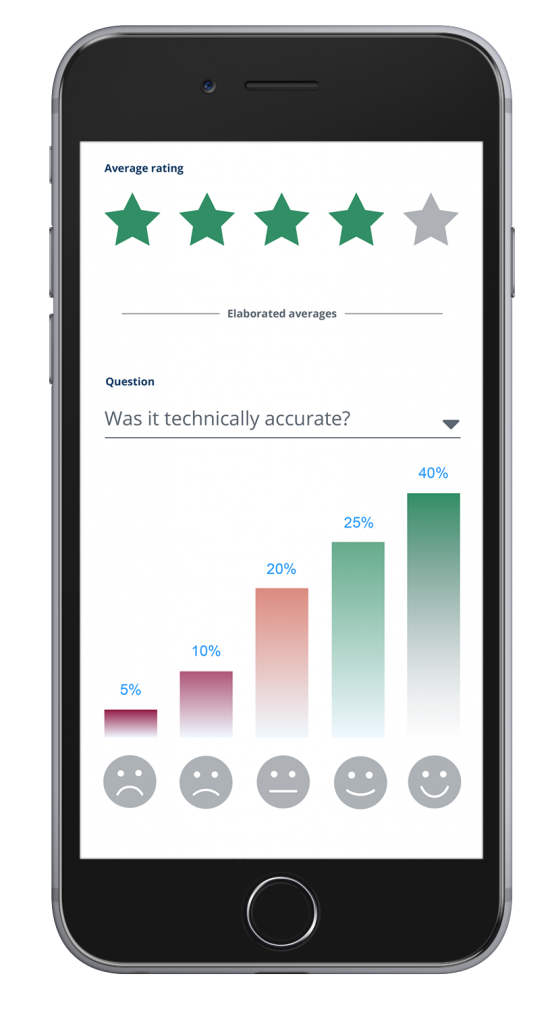We asked #bigmathoff competitor Lucy Rycroft-Smith to tell us a little about her latest project – CM Define It, an app aiming to collect and define mathematical vocabulary, which launches today.
When you teach mathematical vocabulary, how do you define its meaning?
Are you exact, choosing your words specifically? Do you give a written definition? Do you give multiple explanations? Do you use diagrams? Metaphors? Connect to previous vocabulary?
As part of our work at Cambridge, creating a Framework for mathematics learning, we are creating a network of semantic links across nodes in our mathematical layer – and we initially thought we could just import a mathematical glossary from somewhere else to populate this. But we found so many inconsistencies, technical errors, and definition loops in many existing glossaries that we decided to make an app to ask the mathematical community what they thought, with the aim of developing a crowdsourced, multi-layered collage which takes into account different layers of mathematical experience.

What’s the problem? Here are some of the first results when you search for a definition of ‘average’:
A value to best represent a set of data. There are three types of average – the mean, the median and the mode.
An average is a measure used to find the location of the middle (central tendency) of a data set. Mean, median and mode are all types of averages. Often the word average refers to the mean.
Average: The numerical result of dividing the sum of two or more quantities by the number of quantities.
Average: Also known as the mean, the average looks at all the results and add them together. You then divide by the total that there is. This gives an average score overall, taking into account all of the data.
An average is a value representing a group of data. The common averages are the mean, median and mode.
How would you rate these definitions on criteria of technical correctness, of accessibility, of clarity?
One of the most unwritten principles of our work here at Cambridge Maths as we build the Framework is essentially that of primum non nocere, or first do no harm. If we want our students to have a deep, connected and ultimately joyful experience of mathematics it is important that we allow them to have early motivating experiences to play with maths and to develop intuitions about it; but equally, it is important that we do not allow them to develop early ideas about mathematics – particularly in terms of conceptual language – that are too shaky to build upon. This is a tension. Should the first definitions of mathematical terms that students encounter be formal, precise, and technical; or should they be fuzzy, accessible and loose – or something else? Can there be a progression of sorts – in other words, should we try and find a way to present mathematical definitions that are informal and accessible early on, but never technically wrong (primary school definition of prism, anyone?) and then later develop and mature with students’ understanding?
With this in mind – and noting that the mathematical community, which includes teachers, lecturers, researchers, designers and many others, may not always communicate well with one another – we have designed the CM Define It app to collect some data. The CM Define It app is not a glossary itself – it is a research tool that presents users with existing definitions of mathematical key terms and enables users to rate and provide feedback on the definitions. Definitions are taken from a range of reputable sources that address different levels of knowledge that may be held by the app users. For instance, some definitions come from sources catering for primary school teachers/students, whilst others come from secondary school and higher education resources. Collated data will inform the team about what may constitute an appropriate definition of mathematical vocabulary, and help to shape the mathematics glossary that will be embedded in the Framework. After completing their ratings, users will be able to see data on the past week’s word and how others rated it.

You can sign up and use the app at cmdefineit.org, or download it from the Apple App Store, Google Play (Android) or Microsoft store.